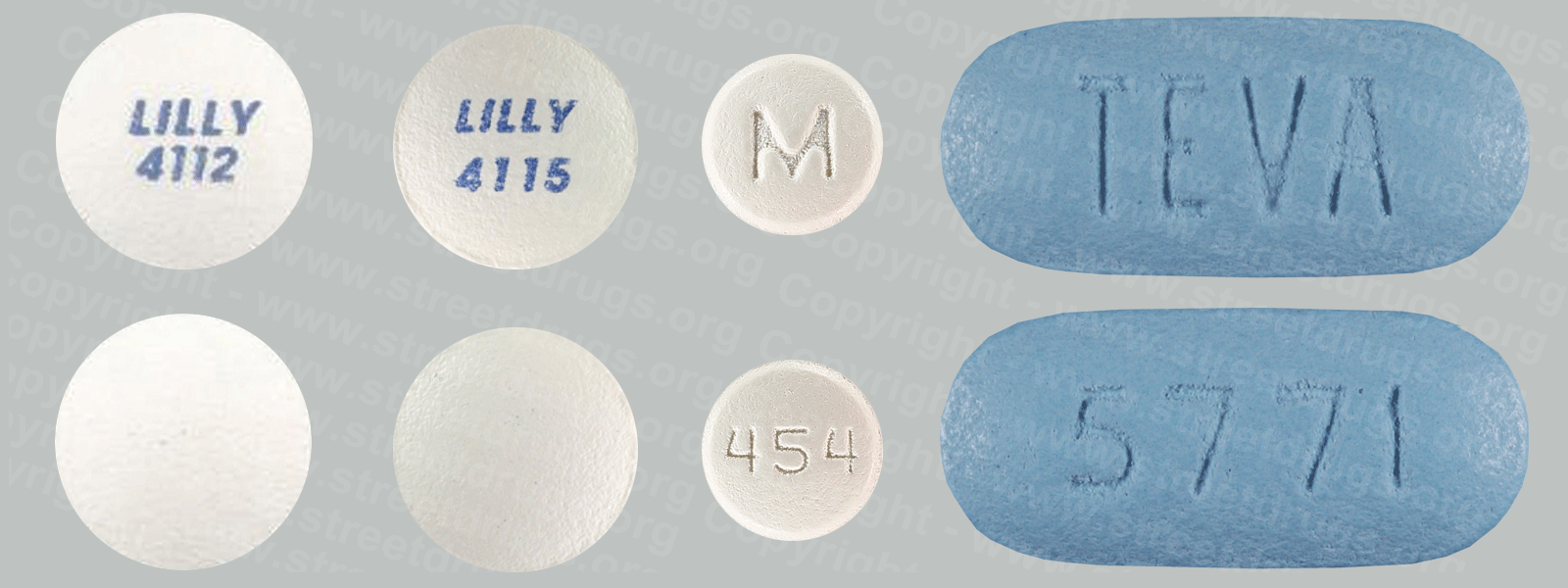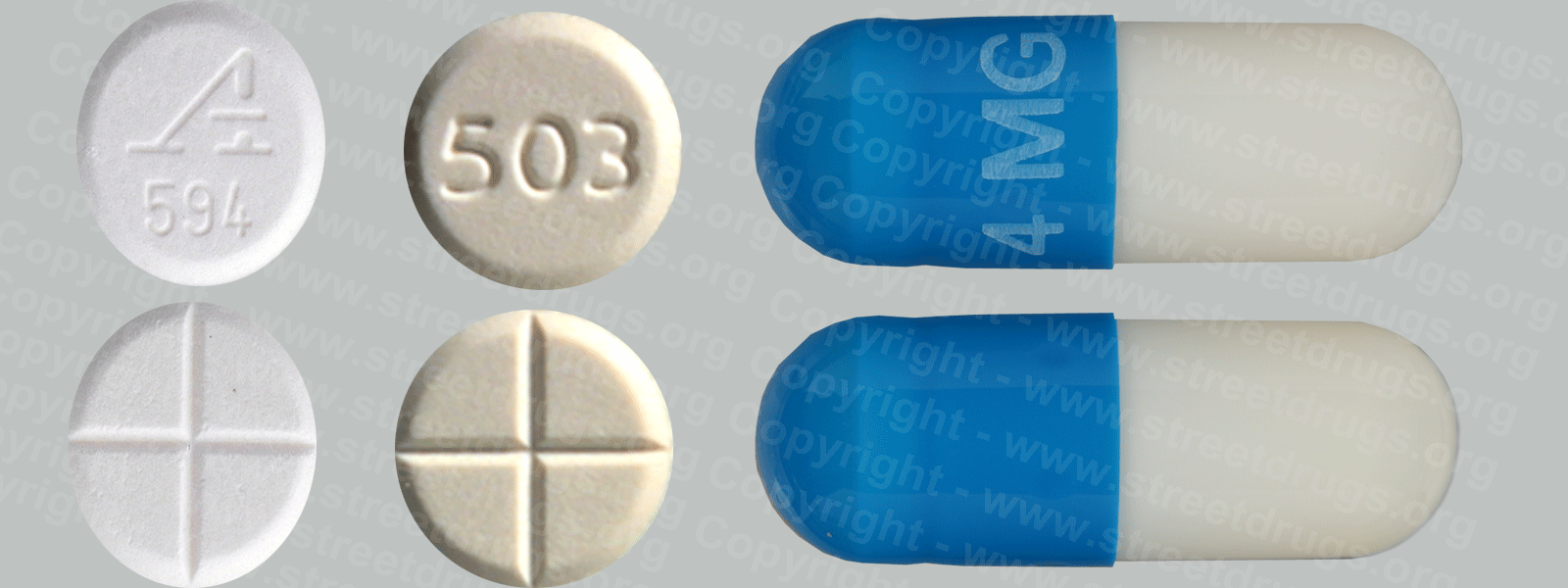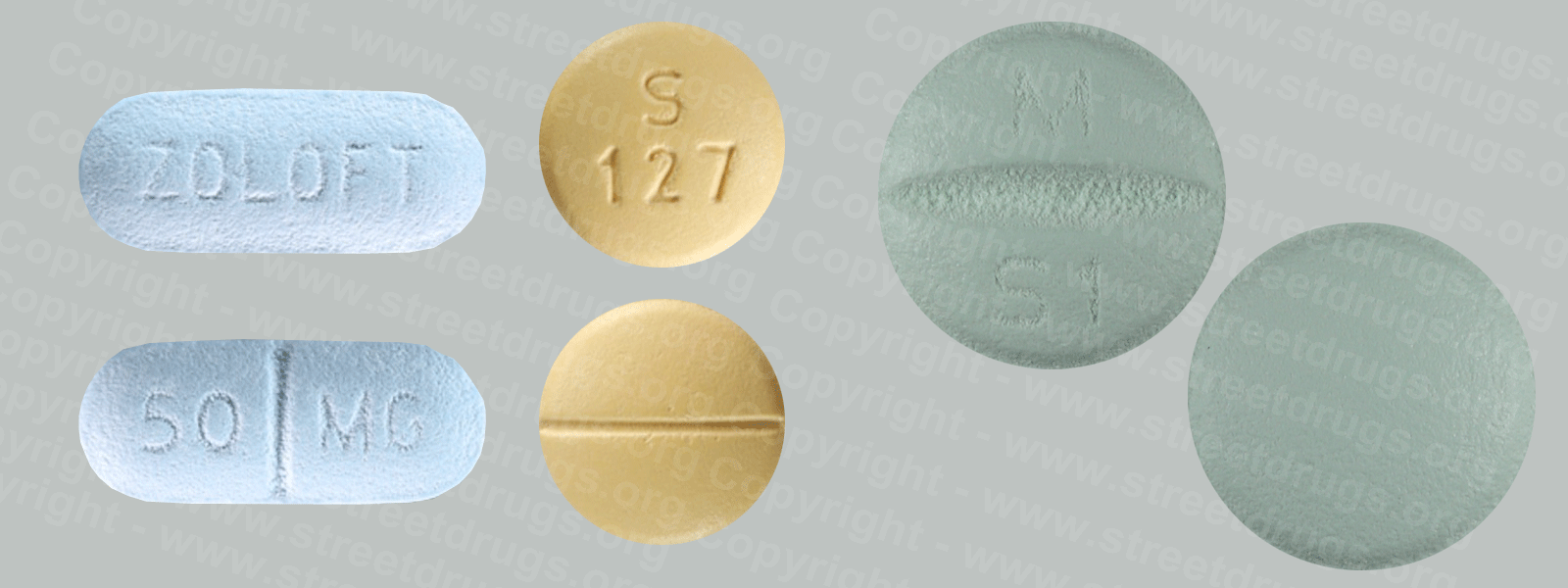Barbiturates
Barbiturates were first introduced for medical use in the early 1900s. More than 2,500 barbiturates have been synthesized, and at the height of their popularity, about 50 were marketed for human use. Today, about a dozen are in medical use. Barbiturates produce a wide spectrum of central nervous system depression, from mild sedation to coma, and have been used as sedatives, hypnotics, anesthetics, and anticonvulsants. The primary differences among many of these products are how fast they produce an effect and how long those effects last. Barbiturates are classified as ultrashort, short, intermediate, and long-acting.
The ultrashort-acting barbiturates produce anesthesia within about one minute after intravenous administration. Those in current medical use are the Schedule IV drug methohexital (Brevital®), and the Schedule III drugs thiamyl (Surital®) and thiopental (Pentothal®). Barbiturate abusers prefer the Schedule II short-acting and intermediate-acting barbiturates that include amobarbital (Amyta®), pentobarbital (Nembutal®), secobarbital (Seconal®), and Tuinal (an amobarbital/secobarbital combination product). Other short and intermediate-acting barbiturates are in Schedule III and include butalbital (Fiorina®), butabarbital (Butisol®), talbutal (Lotusate®), and aprobarbital (Alurate®). After oral administration, the onset of action is from 15 to 40 minutes, and the effects last up to six hours. These drugs are primarily used for insomnia and preoperative sedation. Veterinarians use pentobarbital for anesthesia and euthanasia.
Long-acting barbiturates include phenobarbital (Luminal®) and mephobarbital (Mebaral®), both of which are in Schedule IV. Effects of these drugs are realized in about one hour and last for about 12 hours and are used primarily for daytime sedation and the treatment of seizure disorders.
Get the Prescription Drug Booklet for more information.
Other Sources:
Barbiturate intoxication and overdose
Intoxication – barbiturates … Barbiturate abuse is a major addiction problem for many people. Most people who take these medications for …
https://www.nlm.nih.gov/medlineplus/ency/article/000951.htm – Medical Encyclopedia
Toxicology screen
Barbiturates – screen; Benzodiazepines – screen; Amphetamines – screen; Analgesics – screen; Antidepressants – screen; Narcotics – screen; Phenothiazines – screen; Drug abuse screen; …
https://www.nlm.nih.gov/medlineplus/ency/article/003578.htm – Medical Encyclopedia
Phenobarbital
… need to continue taking the medication) on another barbiturate medication and are going to stop taking the … Phenobarbital is in a class of medications called barbiturates. It works by slowing activity in the brain.
https://www.nlm.nih.gov/medlineplus/druginfo/meds/a682007.html – Drugs and Supplements
Secobarbital
… Secobarbital is in a class of medications called barbiturates. It works by slowing activity in the brain. … pharmacist if you are allergic to secobarbital; other barbiturates such as amobarbital (Amytal, in Tuinal), butabarbital (Butisol), …
https://www.nlm.nih.gov/medlineplus/druginfo/meds/a682386.html – Drugs and Supplements
Butabarbital
… Butabarbital is in a class of medications called barbiturates. It works by slowing activity in the brain. … pharmacist if you are allergic to butabarbital; other barbiturates such as amobarbital (Amytal, in Tuinal), pentobarbital, phenobarbital, …
https://www.nlm.nih.gov/medlineplus/druginfo/meds/a682417.html – Drugs and Supplements
Depressants (Drug Enforcement Administration) – PDF
Drug Fact Sheet Depressants Overview Includes barbiturates (barbs), benzodiazepines (benzos) and sedative-hypnotics. Depressants will put you to sleep, relieve anxiety and muscle spasms, and prevent seizures.




